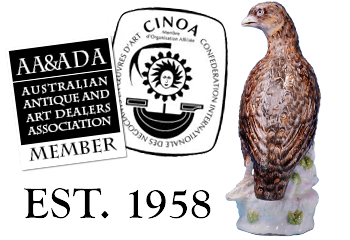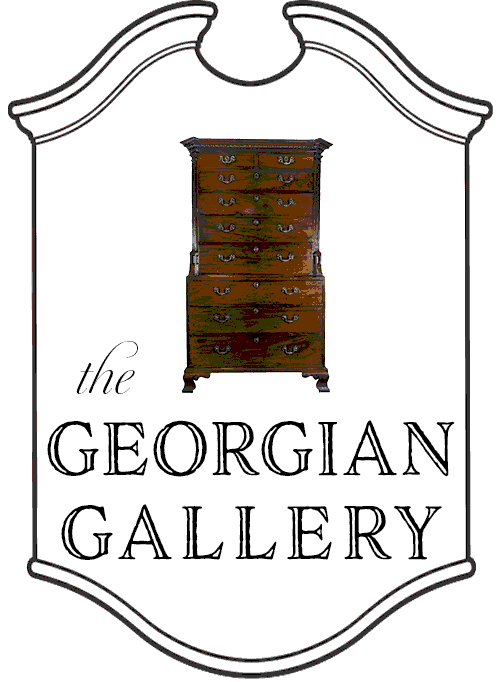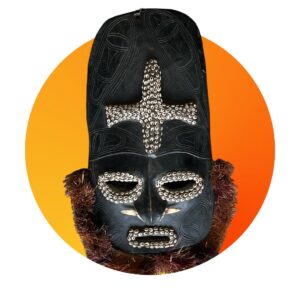Brightcut Silver was a fashion in the late Georgian era, where the plain upper surface of cutlery handles is carefully incised with a steel chisel, with repetitive patterns and borders, often incorporating flowerhead and neoclassical designs, the faceted result causing highlights to reflect brightly, hence the name.
Brightcut silver was popular c. 1785-1835. It had another period of popularity in the later 19th/ early 20th century, and in that period many plain Georgian pieces were ‘enhanced’ with brightcut decoration. Telling them from original work is tricky, but generally, they are not as confidently executed as the first brightcut products.
Simon Harris is an interesting under-documented silversmith of the Georgian era.
He is on record in the London essay records with his mark ‘HS’ registered in 1795.
He’s recorded in Grimwade (p538,751) as having paid indenture duty for an apprentice, Joseph Emden, on September 15th, 1796 (‘Simon Harris of Saint Mary Whitechapel, working silversmith’).
There are numerous pieces attributed to him with this mark, including teapots, made during the first two decades of the 19th century. He seems to have left London by 1810, but pieces continue to be assessed there. Between 1811-15, he is on record at the Exeter Assay office, and his address at this time was the Plymouth Docks, just down the coast. His wares were therefore either assessed at Exeter, a short boat trip up the coast, or London, a slightly longer trip but a destination with an enormous market for his products.
This spoon is a superb example of this rarely seen silversmith, and pre-dates the official registration of his mark in 1794.






